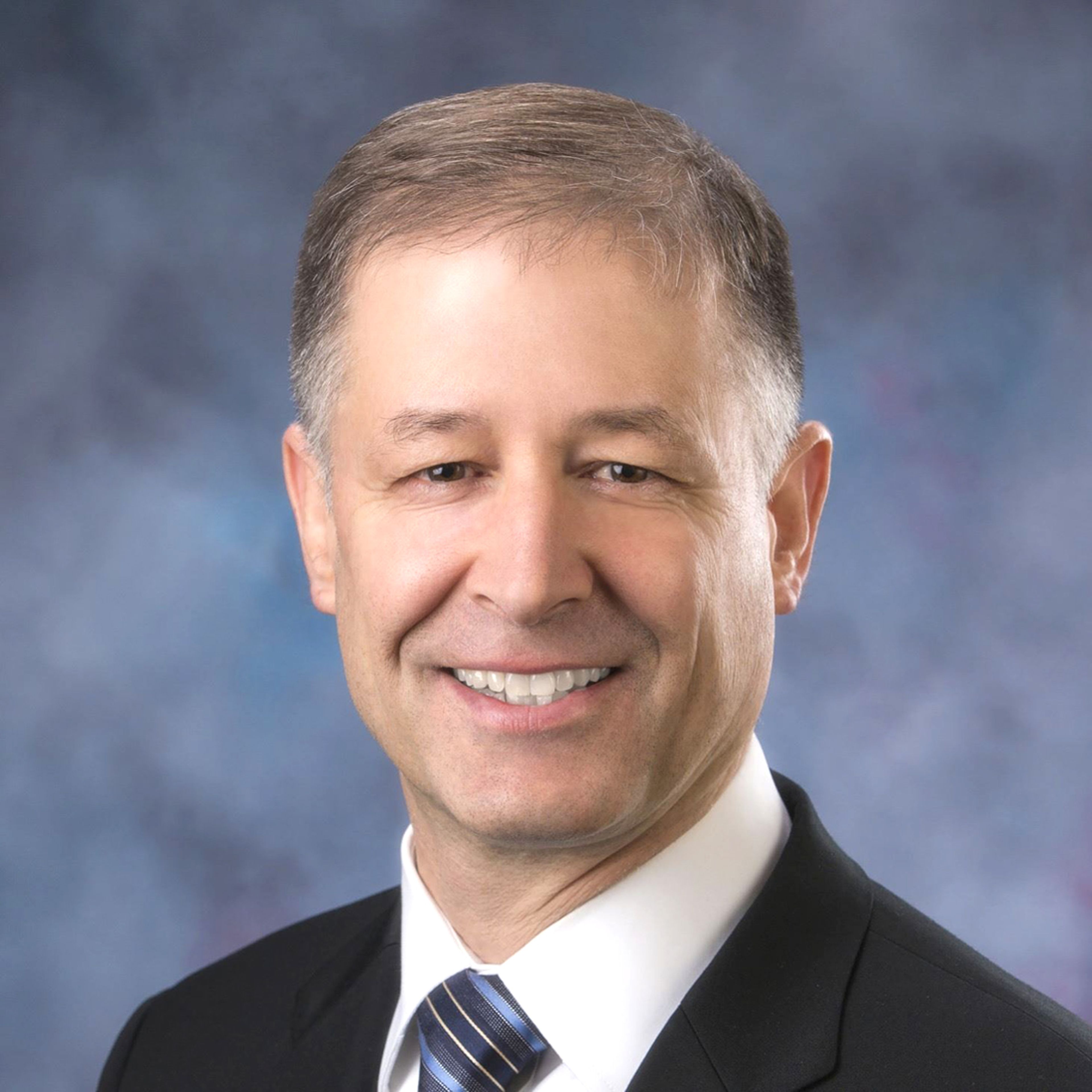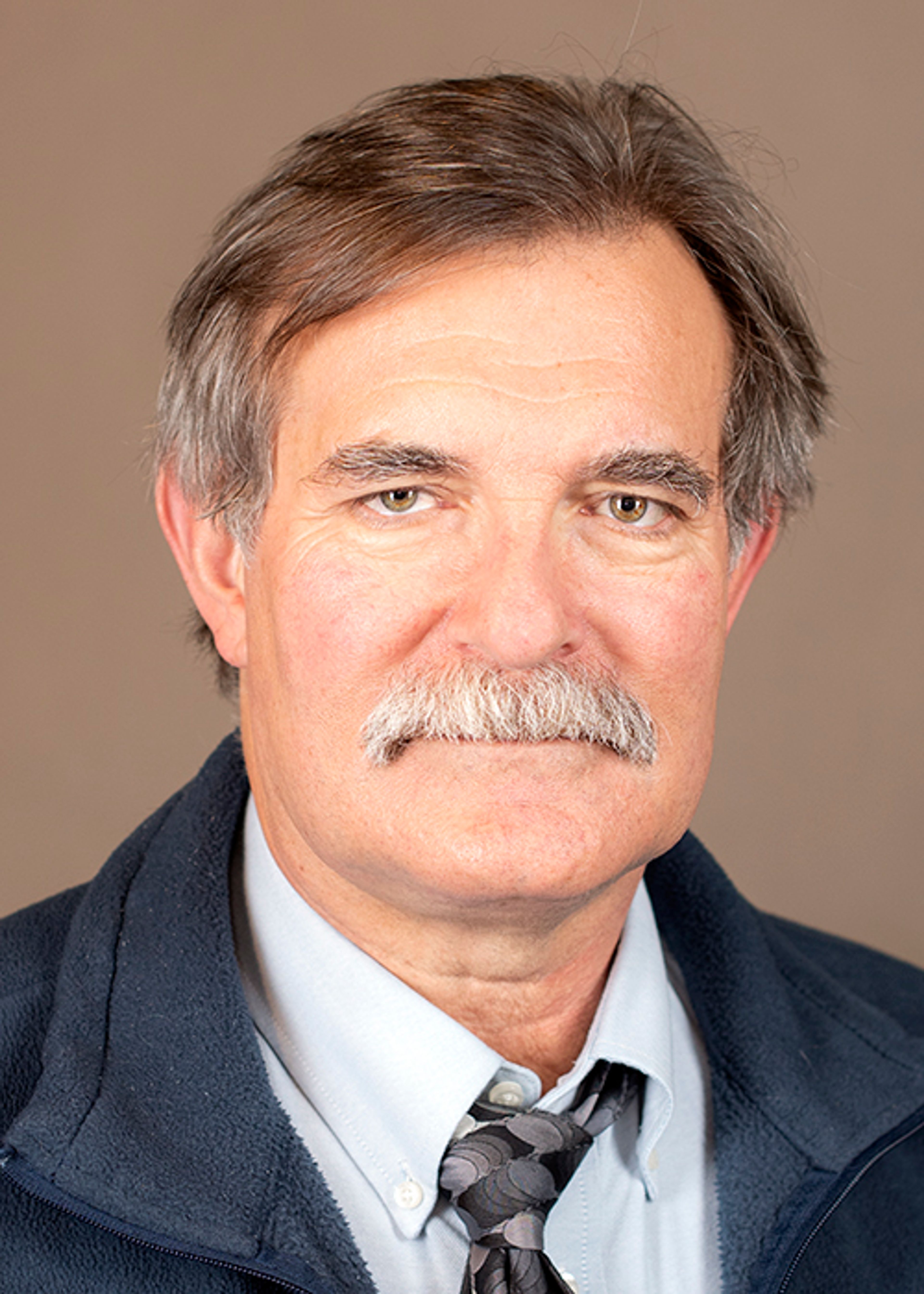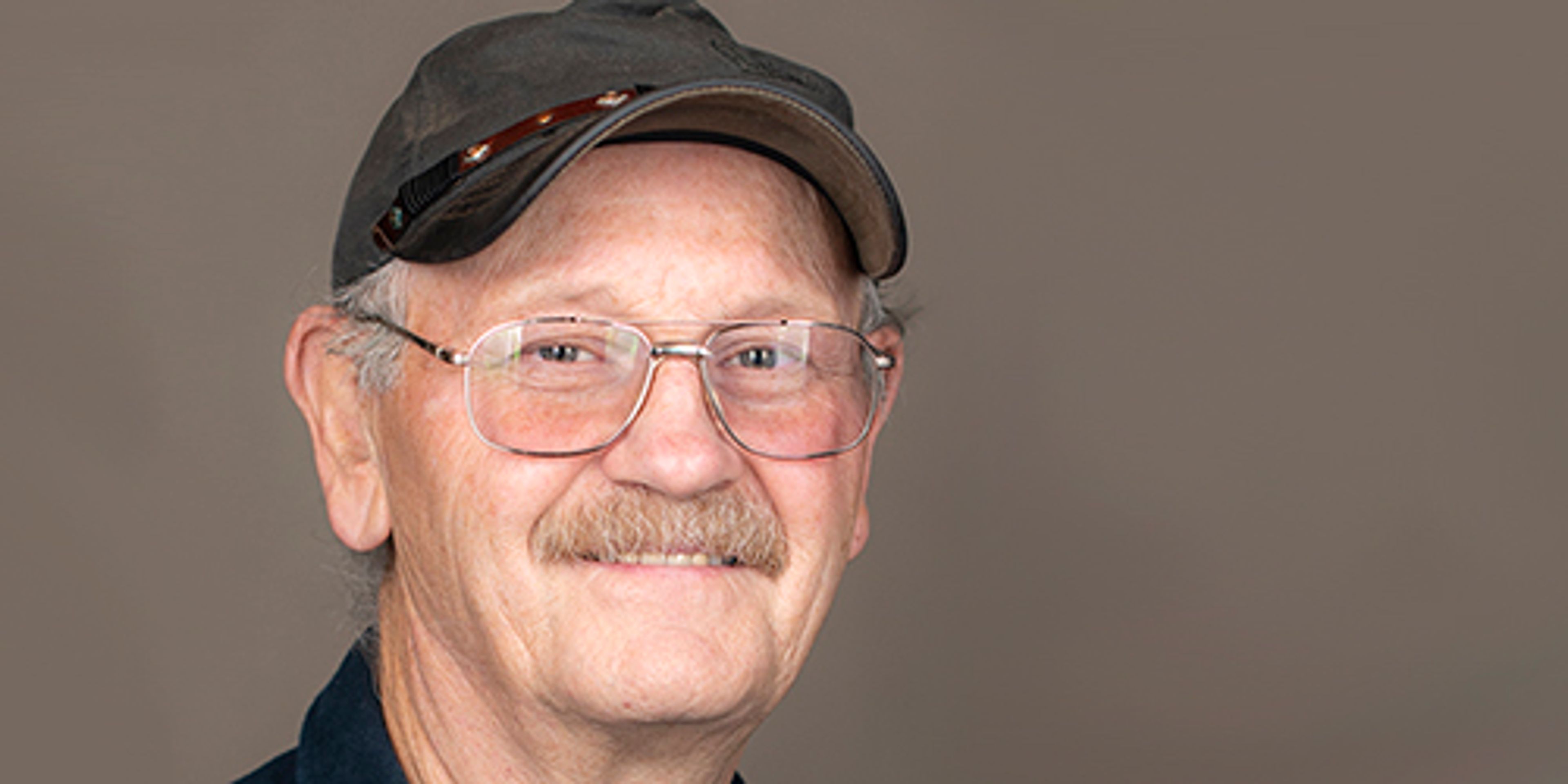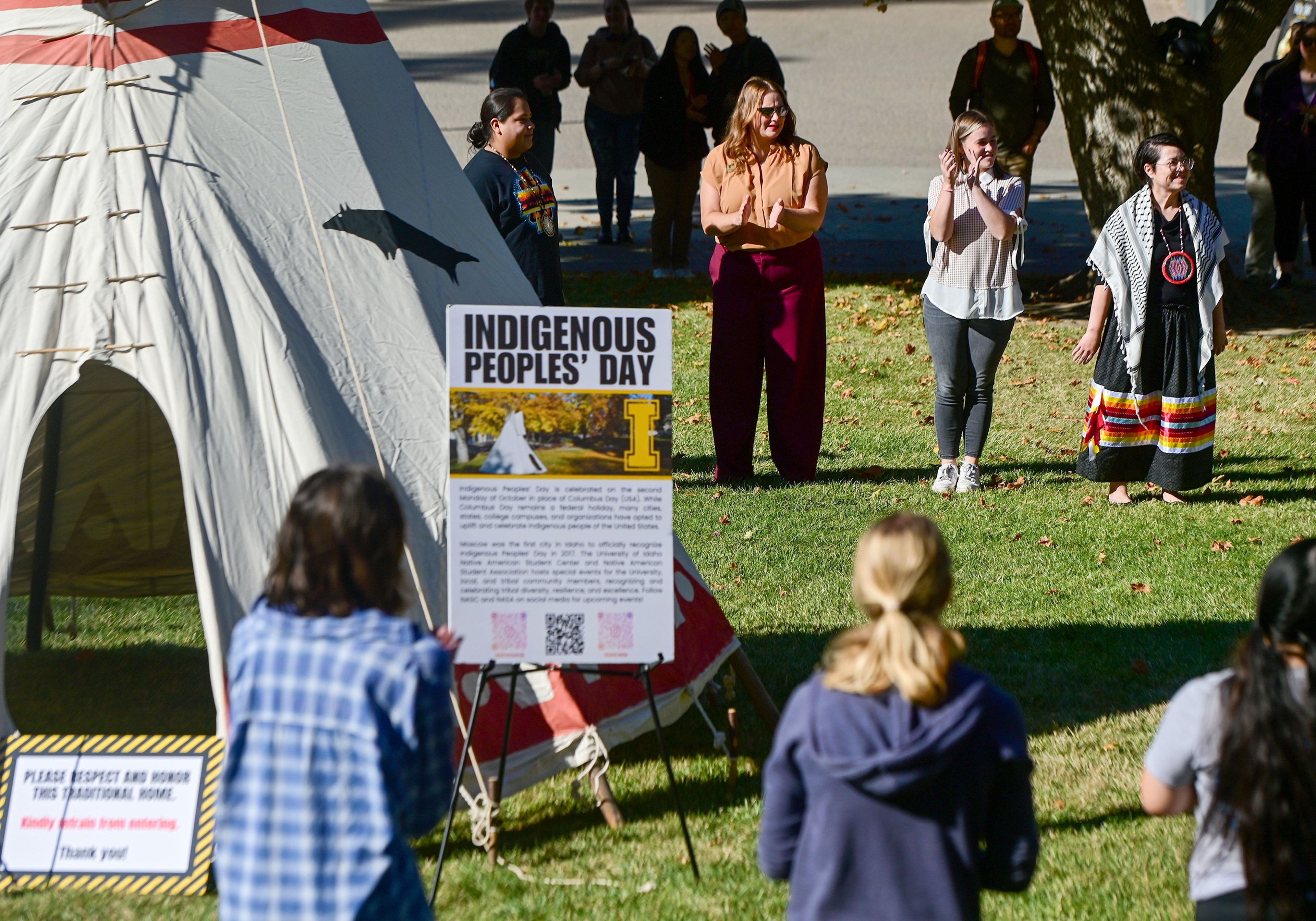Early childhood education is something of a nonstarter with Idaho’s conservative-dominated Legislature.
Even in the face of more than half of the state’s children showing up unprepared for kindergarten, lawmakers have not budged. The Gem State remains among four states — New Hampshire, South Dakota and Wyoming are the others — that spend nothing on early childhood education.
You can curse the darkness or light a candle.
Gov. Brad Little’s education reform task force has chosen the candle.
It won’t complete its work until next month. But after the panel met in Moscow last week, it seems one common sense idea has made the cut — promoting all-day kindergarten.
Since the 1970s, Idaho has operated — and provided money to support — half-day kindergarten classes. Moreover, no child is required to attend.
In those four hours of class, there are plenty of distractions — travel, recess and snacks. For the sake of argument, say two hours wind up devoted to instruction.
But if you expand kindergarten to a typical seven-hour day, you may wind up allocating five hours or more to teaching. When the U.S. Department of Education examined this scenario, it found 68 percent of students in all-day kindergarten spent a hour a day on literacy while only 37 percent of pupils in half-day sessions got that much time. Among those enrolled in all-day programs, 81 percent got more than 30 minutes a day of mathematics. That compared to 52 percent of students in half-day programs.
Additional time and attention yielded better results: The federal study said all-day kindergarten students scored 12. 8 percent higher on reading assessments and 10.3 percent in math.
There also were indications that children who spent more time in kindergarten classes emerged better prepared to cope socially — while teachers got a chance to identify children who need additional help.
You see similar results in places such as Genesee, where all-day kindergarten was launched in the 2017-18 school year.
By last spring, reading proficiency reached 89 percent in kindergarten, 91 percent in the first grade, 84 percent in the second grade and 95 percent in the third grade.
It’s a story shaping up across Idaho, from Lewiston to Boise to Idaho Falls and back. When Idaho Education News’ Kevin Richert surveyed the state, he found at least 81 of Idaho’s 115 school districts and at least 16 charter districts offering all-day kindergarten.
But it comes at a price. For instance, the state provides funding for one of the two teachers assigned to Genesee’s all-day kindergarten program.
Richert found most districts covered the costs of all-day kindergarten by reallocating state funds from other priorities.
Fourteen districts and charters were drawing upon their share of the $26 million Little and lawmakers have devoted to a “literacy initiative.”
Like Genesee, 10 districts drew upon voter-approved supplemental property tax revenues to support the program. Six districts and two charters resorted to charging tuition.
Whatever all-day kindergarten costs, it’s cheaper to invest in helping young children today than trying to make up for lost ground later.
That said, Little’s task force is taking baby steps. Legislative resistance to early childhood education hasn’t abated. Meanwhile, the state’s resources are getting stretched at a time when it still needs to do something to stop Idaho’s underpaid veteran teachers from deserting in search of greener pastures.
Without the money or the political support for all-day kindergarten, it will be a matter of working around the edges. Says the task force: Get rid of some of the mandates Idaho imposes on local budgets and give schools more flexibility to allocate money toward kindergarten.
Left unaddressed is the fate of two-thirds of Idaho’s 3- and 4-year-olds who lack access to a preschool program.
Nor does it do much to help those cash-strapped schools without the means to offer all-day kindergarten.
But it is a step within Idaho’s financial and political grasp. Take this modest step forward today and who’s to say where it can lead tomorrow? — M.T.








